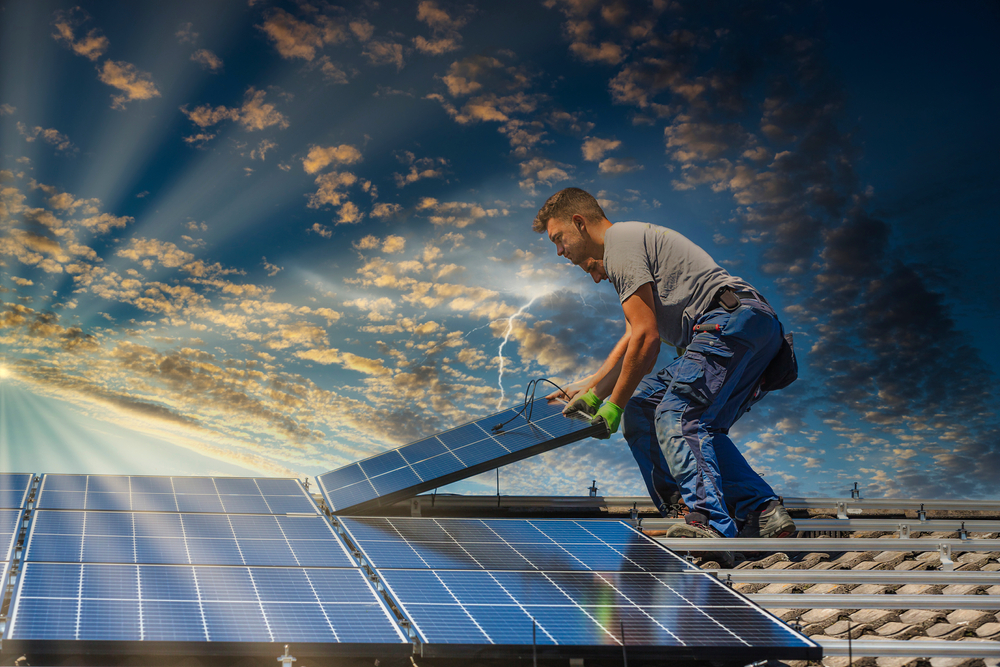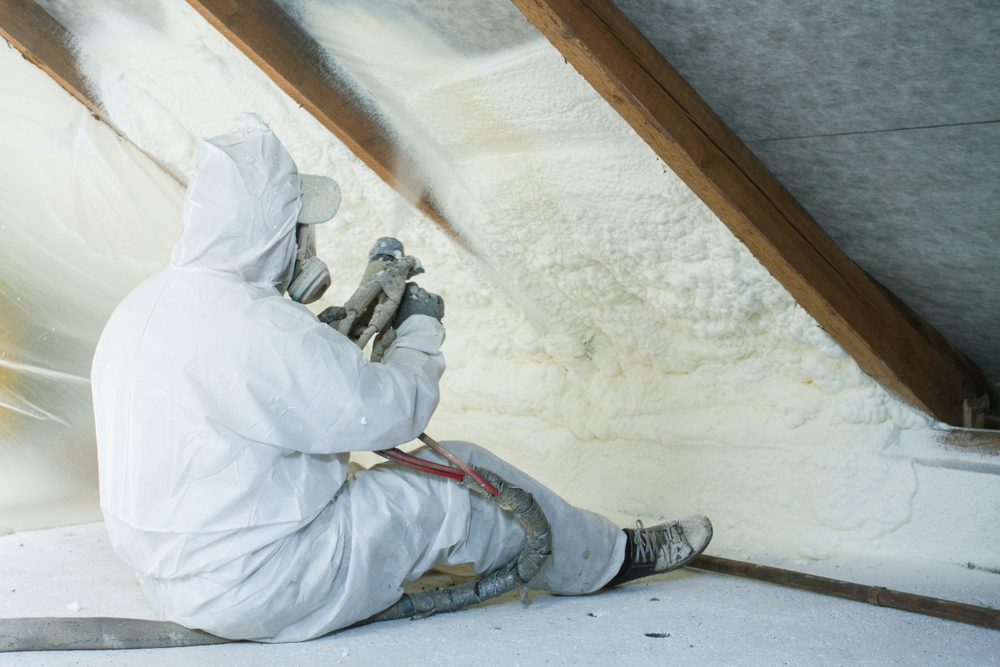Energy Efficient Home Ideas That Are Worth the Investment
Embracing an energy-efficient lifestyle can be as simple as turning off lights, insulating pipes, circulating air with a ceiling fan, and installing low-flow fixtures. However, for homeowners wanting a bit more of an impact on their energy savings and who have a larger budget for upgrades and home improvements, there are energy efficient home ideas that are a bit more extreme…but worth the investment!
Saving money in the future may mean investing more money on improvements upfront, but these energy-efficient upgrades and home improvement ideas can help lower your carbon footprint and can represent a significant return on investment when it comes to the cost of those monthly energy bills.
Building an Energy-Efficient House
For families or individuals who are in the market to build a home, consider incorporating energy-efficient features into the home to maximize savings. Depending on what features the home includes, the budget may need to be boosted significantly. While some energy-saving options aren’t too expensive (like low-flow fixtures), others can really impact the financial bottom line.
The Department of Energy notes that building this type of house “requires a whole-house systems approach” if you wish to maximize energy efficiency. This means that an energy-efficient house may incorporate energy-saving options across all areas and rooms of the home, and, according to the Department of Energy, energy efficient options may include:
- Appliances and electronics
- Insulation and sealing
- Lighting and daylighting
- Heating and cooling
- Water heating
- Windows and doors
- Investing in Energy Efficient Home Ideas
As the Department of Energy emphasizes, an energy-efficiency home will want to include the savings across the entire home…including all the appliances and fixtures. That being said, energy-savings options can involve upgrades that require a financial investment on the part of the homeowner. These upgrades and options may take energy-savings to another level.

Go Solar?
Use the light of the sun to energize the home by installing solar panels on the roof! Solar panels may significantly reduce your electricity costs, but these money-saving panels are an investment.
According to Energy Sage, the average cost of solar panels is around $13,000 after tax credits. However, prices may be different in other areas of the country.
Are solar panels worth the money? According to Energy Sage, the savings over 20 years can be significant; those living in California may save about $50,000 (over two decades). The site notes, though, that savings may differ by region.
Upgrade to Radiant Heating
Radiant heating is another option that helps homeowners save money each month on energy costs. These systems are installed in the walls or floor of the home. The Department of Energy explains that there are several options for these systems, including air-heated, hydronic and electric options.
How much should homeowners expect to spend on radiant heating systems? According to the Remodeling Calculator, the prices homeowners pay can vary significantly—from around $6,000 to more than $12,000. Homeowners should look at their budget to discern how much they can reasonably spend for this upgrade.
Still, Bob Vila’s website says that radiant heat is simply more efficient than the typical forced air system found in most homes. The site explains that radiant heating has less “parasitic heat loss,” which means that since the air doesn’t have to move throughout the home, less heat is likely to be lost; any leak in the ductwork (for forced air heat) can mean heat loss…or energy loss for homeowners.

Insulate with Foam
Less than stellar insulation can mean lots of energy waste for your home. When walls or the attic aren’t properly insulated, hot air and cool air can escape making your HVAC work harder…and perhaps contributing to higher energy costs.
Insulation is measured in ‘r’ values, and the ‘r’ value recommendations differ by the area of the home you’re insulating and the part of the home that is being insulated. For example, attics require a higher ‘r’ value than walls. States located up north have higher ‘r’ value recommendations, too.
Different insulation materials offer higher or lower ‘r’ values per inch of thickness. The most efficient types of insulation (measured by ‘r’ values per inch) is probably blown foam. Today’s Homeowner notes that sprayed foam offers an ‘r’ value of between 3.6 and 8.2 per inch.
How much does foam insulation cost, though? The cost varies by how much thickness you require. The site Remodeling Expense states that: “The average cost to have spray foam professionally installed is about $2,400 for a 1,600 sq. ft. home. If you need 3″ inches of foam depth, the price above would be triple the cost.”
Go High-Tech with Fixtures and Appliances
Energy-saving appliances also can save you money each month, and the choices for energy-efficient appliances are vast…and they can get pretty high-tech! Some refrigerators now offer screens on the front panels that show you everything inside the fridge, so you don’t have to keep the door open to peer in to look for those eggs.
Choose motion-detecting faucets that automatically turn off when you move your hands away. This function means that the tap won’t be running water when it isn’t needed…like when you’re foaming your hands or brushing your teeth.
While everyday changes can help homeowners reduce energy use and save money each month, more extensive updates and upgrades to the home can significantly reduce energy waste and add to even more savings over time. These upgrades may be more expensive, but if homeowners have the budget for more extensive energy-saving options, the savings may be worth the price!


